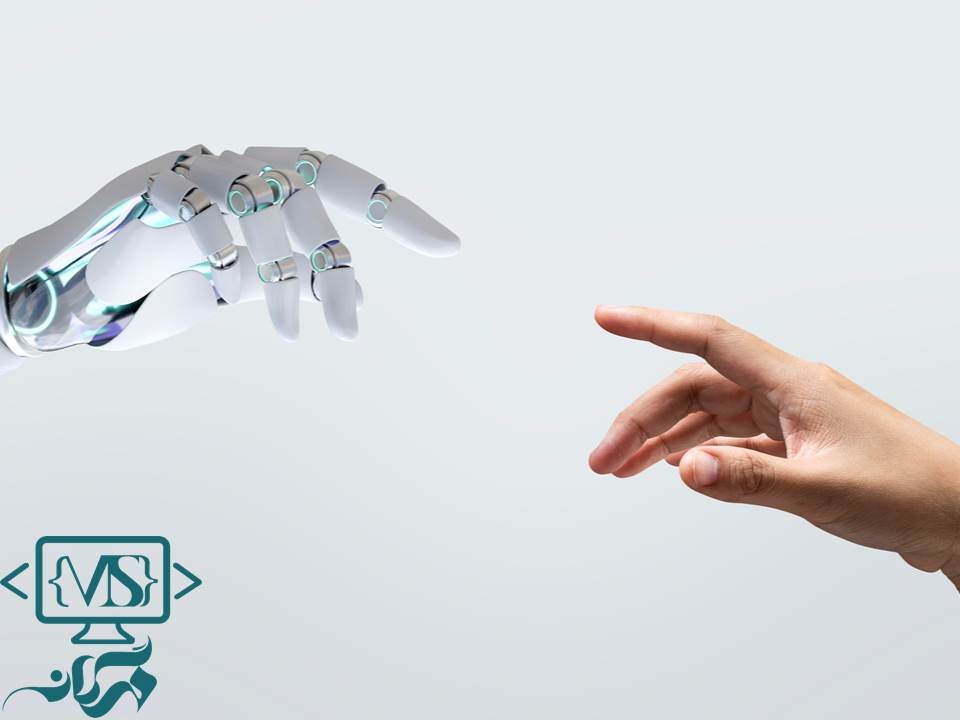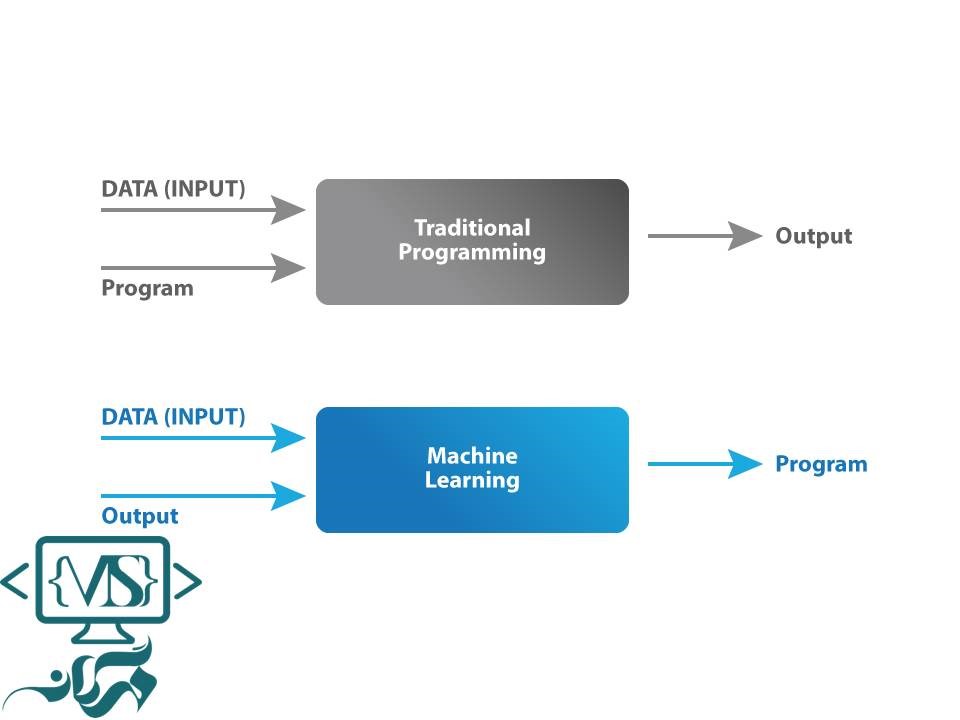
Machine learning
We’re going to talk about machine learning as an important subset of artificial intelligence that let systems work without being programmed and actually based on the experiences they can learn and upgrade themselves. It has lots of functions that could be applied in different industries and so we decide to discuss some advanced topics here to show how it is solving real world issues. From beginners to even well-experienced data scientist could be attracted by what exists here.

Machine learning
Statistical techniques are the basic tools in creating machine learning applications. In this way, systems can improve themselves based on what they have learnt before and make decisions while are not programmed.
In the study of machine learning, systems behave like humans because they are given the ability of learning and developing their programs grounded on the experiences. Human have least intervention in the process of learning.
In the first stage of building machine learning systems, well-qualified data and various algorithms are needed to train these systems. Based on the data type and the activity that we want to make it automated, selecting the algorithms can be done.
A traditional system can be distinguished from a machine learning one. To get the point, refer to the image below:

Selecting the right machine learning model
Selecting the well-approached machine learning model needs to be strategically executed; otherwise, it could waste your time and put you in a dead-end. So consider the approach below:
1: define the issue and the required data inputs. Ensure that inputs are aligned with the problem. Data experts can give a big help to find the exact data.
2: Gather and format data and label it as needed. This stage is almost done by data scientists and partially data wranglers.
3: Chose and test the well-established algorithm(s) to see their performance. Again data scientists are responsible for this step.
4: keep going on to fine the outputs until they reach an accuracy which is tolerable. Data scientists and experts who understand the problem strongly are responsible of this stage.
The four basics of machine learning
Machine learning platforms are almost classified based on the technique which an algorithm learns to make more precise predictions. Basic approaches are included in supervised learning, unsupervised learning, semi-supervised learning and reinforcement learning.
Major parts of a Machine Learning
There are three major blocks of a machine learning system including the model, the parameters, and the learner.
- Model: system that generates predictions
- Parameters: factors which applied into the model to build predictions
- Learner: the parameters and the model need to be justified in order to predictions and actual results alignment.
Why to Learn Machine Learning?
Machine learning has been used as a strong tool in response to a spectrum of various issues. It makes computers learn and decide from data while not being programmed. With machine learning, continuously automatic improvement of systems is possible by learning from their previous experiences.
Here are the reasons of learning machine learning:
- Machine learning is extensively popular in vast spectrum of industries from healthcare, manufacturing and banking to e-commerce. With the knowledge of machine learning, colorful lots of career opportunities could be opened up.
- Machine learning could lead us to various intelligent systems with the ability of decision making and predictions capabilities grounded on data. Better decision making, operation improvement, and new products and services are some results of this field.
- Machine learning is highly used in data analysis and visualization. More exact insights and patterns could be extracted from large datasets that lead to understand complex systems and therefore we can make more informed decisions.
- Machine learning is growing promptly. Breathtaking and impressive developments and research opportunities shown day to day. Machine learning, keeps you up-to-date with the latest research.
What is the future of machine learning?
Machine learning has got one of the most ambitious places with most significant developers like Amazon, Google, Microsoft, IBM and others, competing to deliver platform services including data gathering, data formation, data classification and analyzing, creating the models and development of systems.
As AI performance gets more functionality in enterprises establishment, machine learning keeps attaining the importance realms of business functions and processes and in this way, it can strengthen the impact of everything.
Today’s machine learning researchers progressively focused on development of more general systems. Extensive training is needed for building a well-optimized algorithm to perform required tasks. But researchers try to generate more flexible models and seek new techniques to apply context learned from one task to the future one.

After all is said and done, Machine learning is a type of artificial intelligence (AI) that allows systems to be more accurate predictions without being explicitly programmed. Machine learning algorithms work based on input data to predict the output. Recommendation engines, intrusion detection, spam filtering, malware detection, and Predictive maintenance are areas could be increasingly improved by machine learning fields.
Leave a comments